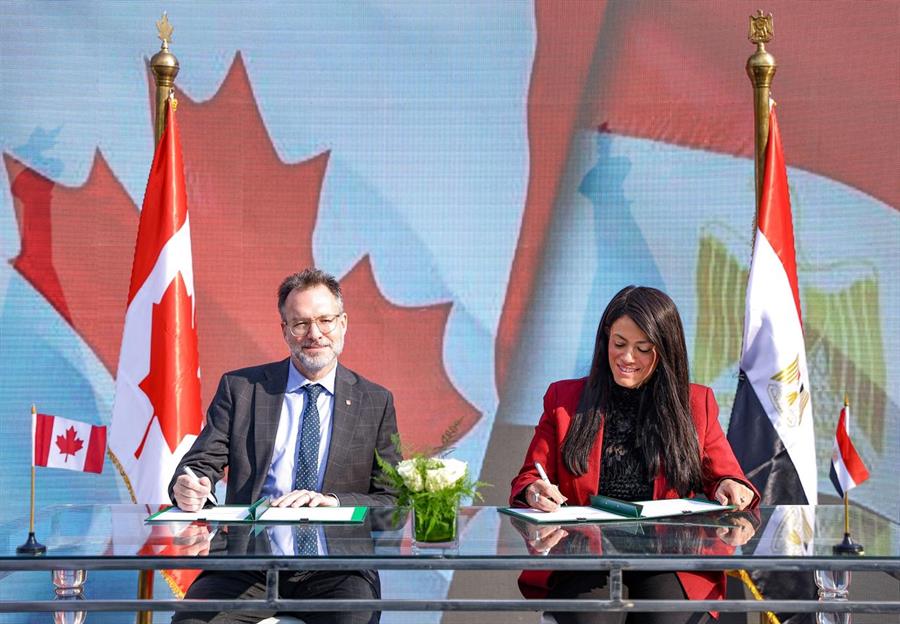Minister of Planning and Economic Development reviews population growth rates within the sustainable development plan for FY 2021/22

15 October 2021
Egypt's Minister of Planning and Economic Development, Dr. Hala El-Said reviewed the dimensions of human and social development within the sustainable development plan for the current fiscal year 21/2022 concerning population growth and family development.
El-Said said that the plan for the year 21/2022 seeks in its directions and priorities to achieve two goals that are complementary together, the first of which is a social goal, which is to raise the standard of living of the Egyptian citizen by providing means of health care and comprehensive social protection while providing public services to all citizens without discrimination.
El-Said added that the second of these pillars is an economic goal, which is to revitalize the Egyptian economy and return the production wheel to rotation with the maximum possible capacity.
On the importance of controlling population growth, El-Said explained that the rapid population growth represents one of the most important challenges facing the Egyptian economy because of its great economic and social repercussions.
El-Said reported that from the economic perspective, the rapid growth of the population results in low rates of saving and investment, high rates of inflation and unemployment, and low levels of GDP.
El-Said stressed that the issue of rapid population growth is one of the most important issues that the state is making unremitting efforts to confront and put it on top of its priorities, intending to limit its negative effects on the components of comprehensive development and distributive justice, in line with Egypt’s Vision 2030.
El-Said added that the inevitability of addressing the population issue came in light of what was recently observed of the return of the population growth rate to 2.5% as an annual average between the last two censuses, 2006 and 2017 after it was in a steady decline in the previous censuses.
El-Said indicated that the most important goals of controlling population growth are targeting family planning programs to gradually reduce the fertility rates from 3.4 children per woman in 2017 to about 2.1 children per woman in 2032, and then to 1.6 children per woman in 2052 due to commitment to measures and implementation of effective policies to control population growth, compared to an average scenario in which the birth rate reaches 1.9 children/woman in 2052.
El-Said added that there are three scenarios for population growth. The first scenario is the continuation of rapid population growth, assuming that the fertility rate remains as it was in 2017, at a rate of 3.4 children per woman in 2031, 2.1 children per woman in 2042, and 1.9 children per woman in 2052.
El-Said confirmed that the third scenario, which is the desired scenario, assumes the acceleration of the decline in fertility rates at an accelerated rate to 2.1, 1.8, and 1.6 children per woman in the three years, respectively.









